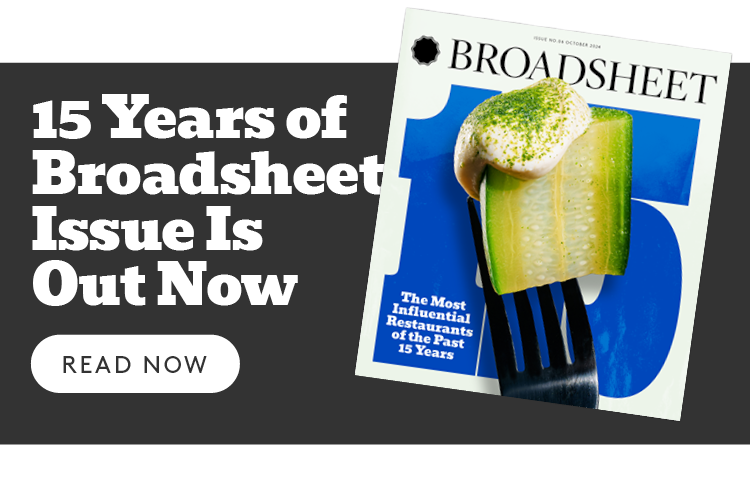Italian design is often about blending the unexpected with the familiar – like classic materials used in new ways, or striking silhouettes matched with practical functionality. Heide Museum of Modern Art’s new exhibition, Molto Bello: Icons of Modern Italian Design, puts the spotlight on the revolutionary designers who led Italy’s modern design movement from the 1930s to the 1980s. It features designs by Gio Ponti, Joe Colombo, Gae Aulenti, Nanda Vigo, Anna Castelli Ferrieri, brothers Achille and Pier Giacomo Castiglioni and more.
“There’s a strong element of nostalgia in this exhibition, with highly identifiable objects such as the Fiat Bambina – a shiny red car from 1957 – which everyone will recognise,” associate curator Laura Lantieri says. “However, there are also some wonderful pieces that may be unknown to visitors outside of the design community.”
One such piece is the Up5, an armchair by Gaetano Pesce. “It’s affectionately known as ‘La Mamma’ because it emulates the curvaceous shape of a woman with a large maternal lap, connected by a cord to a little round pouf, and the pop [art]-inspired form represents a mother and child,” she says. “But it also broke new ground in a technological sense. The Up5 was produced in the 1960s when many manufacturers were working with new petrochemicals and plastics … The chair originally came in a PVC envelope, and when opened, it would inflate to its full shape and size, giving the series the name Up.”
Head curator Kendrah Morgan says the story of 20th-century Italian design unfolds loosely chronologically throughout the exhibition, which takes place across both Heide’s Main Galleries and Heide Modern, the home that Heide founders John and Sunday Reed built in 1968.
“The ‘La Mamma’ chair is in a room we’ve called La Plastica Fantastica, which we’ve designed to convey a sense of the swinging ’60s, when plastic became more of an item that made domestic life stylish, not just a cheap material,” Morgan says. “Italy became a global design leader, and the exhibition really tells that story.”
Also on display is the Pratone chair, which was manufactured by Gufram and designed by Giorgio Ceretti, Pietro Derossi and Riccardo Rosso in 1971. This striking chair resembles a large-scale imitation of a patch of grass, allowing the user to sink comfortably into the large, bright-green polyurethane foam blades. “It was developed during a period in the late ’60s and early ’70s when there was an Italian movement called radical design, or anti-design, led by a younger generation of designers who were disenchanted with the cult of consumerism and created objects that were playful but subversive,” says Morgan. “There are definitely a few unexpected moments as you walk through and see these sculptural objects which don’t look like functional items of furniture, but that’s what they are.”
Morgan says the legacy of Italian design lies partly in its blend of art and functionality. “Italy has a very strong tradition of skilled craftsmanship and artisanal furniture making,” she says. “And one reason 20th-century Italian design has been so successful is the marriage between this tradition and industry, combined with the input of ingenious creative minds.”
All the items on display were sourced from within Australia. “Curating often involves a lot of detective work,” Morgan says. “We wanted the objects to be on open display, not behind Perspex … so we sourced a lot from private collectors, and it was really a process of word of mouth.” This has created an exhibition experience where visitors can see the objects up close.
On Saturday November 30 and Sunday December 1, Heide is hosting the Molto Italiano! festival. There’ll be family-friendly activities like bocce (similar to lawn bowls), art-making activities, exhibition talks in both Italian and English, a hands-on program for kids with Heide’s art therapist, and an Italian Design Roadshow on the Sunday where visitors can bring in Italian design objects they own to have them expertly assessed. Classic Italian fare on offer includes pizza, pasta, gelato and spritz, and there’ll be performances from Italian bands and the Veneto Club choir.
Molto Bello: Icons of Modern Italian Design runs until March 23, 2025. Find out more and get tickets on Heide’s website.
Broadsheet is a proud media partner of Heide Museum of Modern Art.


















